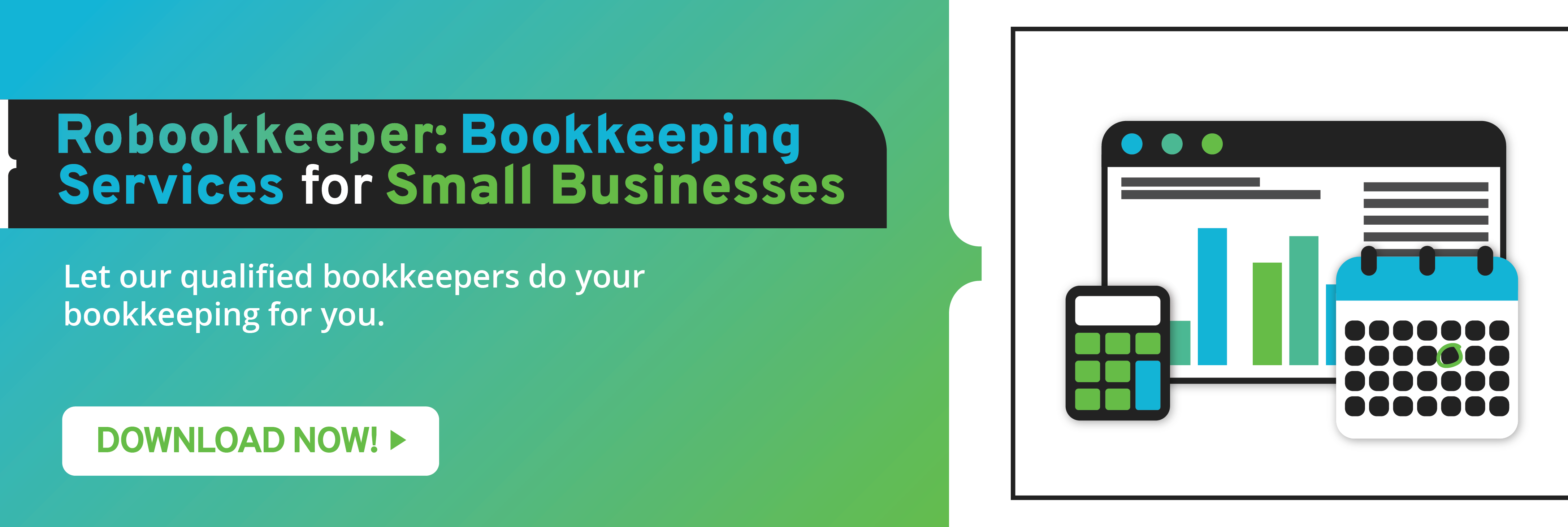Data allows you to customize your campaigns and learn more about your target customers. Knowing more about them enables you to provide personalized solutions and add product features that will delight them. However, you can’t just take people’s information without their consent. You also can’t collect all sorts of data, if they’re unnecessary to your company and if you don’t know how to analyze and interpret them.
Here are data collection techniques you should implement.
Create a Consistent Process
Establish a consistent process of data collection that your team can easily implement and follow. Doing so enables your company to identify mistakes and correct them quickly. A template allows your team to conduct the same research for sales and marketing or product development whenever you need to gather data again.
Make the Exchange Beneficial for Everyone
You’ll need to collect different types of data from your current and possible customers. However, make the exchange mutually beneficial because you are getting important information from them such as their full names, email addresses, contact numbers and others. You can offer discounts, exclusive first access to latest products, more services, or other similar incentives. Keep in mind that just because you offer these it doesn’t mean you can take a customer’s data. They have to give consent and you have to be transparent about how you’ll use their information.
Protect the Data
One of the data collection techniques you need to implement is security. Make sure to store your customers’ data in a secure place, whether in the cloud or hardware. Data theft is possible; use layers of encryption and other security measures to prevent this from happening.
Transparency is Important
When you collect data from your customers, be transparent. Let them know you are collecting their names, email addresses, phone numbers and other information. This builds trust between you and your customers. Communicate to them how you’ll use their data, for research, newsletter, email blasts, social media messages, marketing or others. Follow government regulations on data collection and use.
Keep it as Simple as Possible
Simplify the process and collection of data for your team and the customers you’ll get the information from. Include electronic surveys in emails or links so that it’s easier for intended participants to give the information you want. Use direct and simple language when creating the survey questions. Avoid jargon and long sentences so that it’s easier for participants to answer.
Evaluate and Identify Possible Improvements
Always evaluate the data you collect. Some of the information you collected may no longer be relevant to your company’s needs and strategies. Conduct new surveys to keep your database fresh and relevant. New information allows you to improve your products and customer service. It also enables you to change your value proposition and messaging to connect with a wider audience. Review the current data you have and determine if it needs an update.
These data collection techniques and best practices allow you to create a quality database of your customers. You can access this information for product development and marketing strategies. If ever you need assistance with bookkeeping, we at Robookkeeper can provide you with first-rate small business accounting services.



